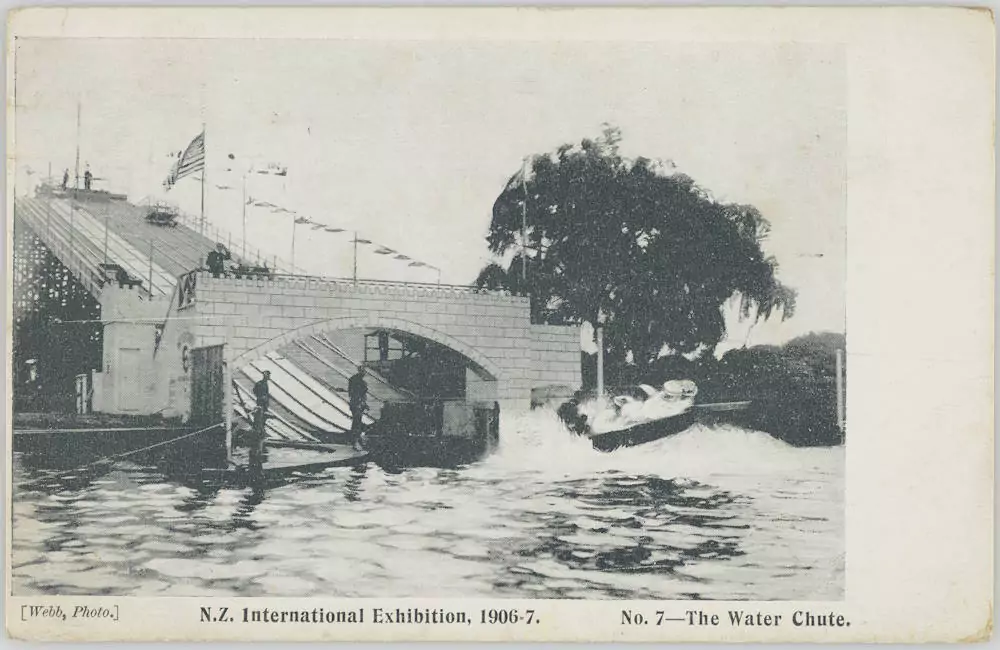Waterparks have become a hugely popular recreational choice around the globe. Today’s waterparks offer a wide range of attractions, which vary from location to location. Common features include splash pools, wave pools, water slides, and other engaging rides. While the United States has the greatest number of waterparks, they can also be found in large numbers internationally. Some exist as dedicated waterparks, while others are integrated into theme parks or created on a smaller scale to suit limited space. The development of waterparks has a long history that dates back to the early 20th century and has since evolved into a booming industry.
Origins of the Water Slide
The earliest known water slide appeared in New Zealand at the 1906 International Exhibition. One of the featured amusements at the time was the water chute. This ride involved guests—often dressed in formal attire—riding specially designed boats down a slide into Victoria Lake. Riders reportedly skipped briefly across the water’s surface before settling.
After the New Zealand attraction closed, the concept found new life in the United States thanks to Herbert Sellner in Minnesota. In 1923, he invented rides he called “water toboggans.” These toboggans glided down steep ramps and skimmed across lakes or ponds. According to the U.S. Patent Services, some of these rides covered distances greater than 100 feet.
As theme parks gained momentum during the 1950s and 1960s, George Millay—an entrepreneur—opened the first Sea World in San Diego in 1964. Inspired by water slide designs, Millay went on to launch the first dedicated waterpark in 1977 in Orlando, Florida. Its popularity led to the creation of additional parks across the U.S., Brazil, and Mexico.
Over time, water slides became more advanced, built to handle larger crowds and to deliver faster, more thrilling experiences. Waterparks continued to expand their offerings to include features like splash pools and zero-depth entry areas for younger children, while wave pools and turbulent rides attracted adventure seekers. For those looking for a slower pace, lazy rivers became a go-to attraction.
The Rise of Indoor Waterparks
To make waterparks accessible all year, indoor facilities grew in popularity in colder regions and tourist destinations. The first indoor waterpark was established in Alpamare, Switzerland. France introduced its own in 1984, followed by the Netherlands, which opened two indoor parks within the following decade. The U.S. saw its first indoor waterpark in 1994, built as part of the Polynesian Hotel’s Great Wolf Lodge in Wisconsin Dells.
Today, waterparks are located in countless regions around the world. Many are designed for family enjoyment and function as full-scale resort destinations.
